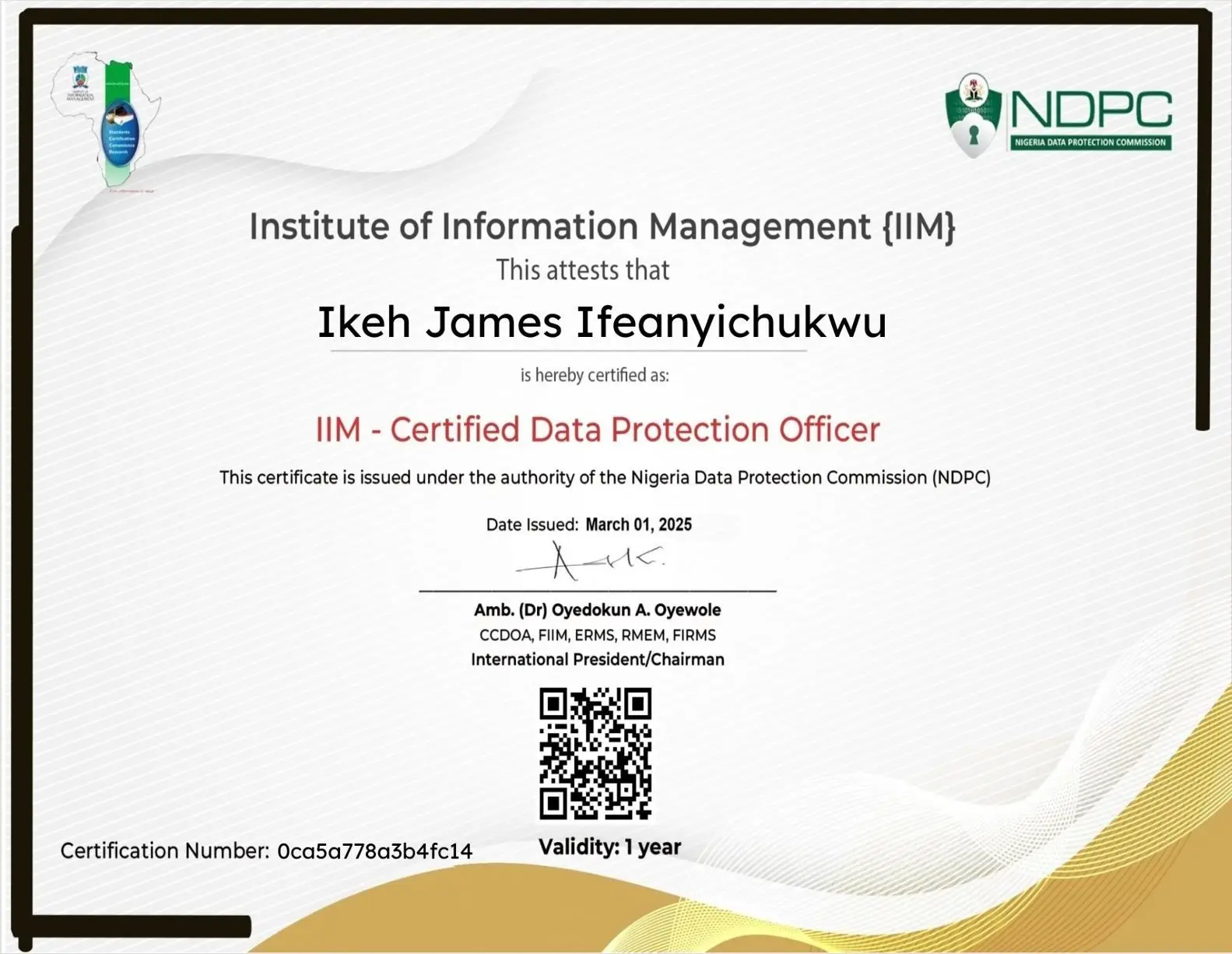Data Protection in 2025: Strategies, Compliance, and Best Practices
Share

In an era where data breaches and cyber threats are increasingly prevalent, safeguarding sensitive information has become paramount for individuals and organizations alike. This comprehensive guide delves into the multifaceted world of data protection, offering expert insights, practical strategies, and compliance frameworks to help you navigate the complexities of securing data in 2025.
What Is Data Protection?
Data protection encompasses the policies, procedures, and technologies implemented to secure sensitive information from unauthorized access, corruption, or loss. It ensures the confidentiality, integrity, and availability of data, aligning with legal and regulatory requirements. While often used interchangeably with data security, data protection also emphasizes privacy and compliance aspects.
Key Components of Data Protection
1. Data Security
Implementing technical measures such as encryption, firewalls, and intrusion detection systems to protect data from unauthorized access and breaches.
2. Data Privacy
Ensuring that personal data is collected, stored, and processed in accordance with privacy laws and regulations, respecting individuals’ rights to control their personal information.
3. Data Availability
Maintaining data accessibility for authorized users, ensuring business continuity through regular backups and disaster recovery plans.
📊 Data Protection Regulations in 2025
General Data Protection Regulation (GDPR)
The GDPR remains a cornerstone of data protection in the European Union, imposing strict requirements on data controllers and processors. Key principles include:
- Lawful, fair, and transparent processing
- Data minimization
- Accuracy and storage limitation
- Integrity and confidentiality
Non-compliance can result in significant fines, as demonstrated by recent penalties against companies like TikTok and LinkedIn The Verge+1.
Nigeria’s NDPA
The Nigeria Data Protection Act (NDPA) establishes a legal framework for data protection in Nigeria, aligning with international standards and emphasizing the rights of data subjects.
Best Practices for Data Protection in 2025
1. Implement Robust Encryption Techniques
Utilize advanced encryption methods to protect data both at rest and in transit, ensuring unauthorized parties cannot access sensitive information.
2. Establish Comprehensive Data Loss Prevention (DLP) Measures
Deploy DLP solutions to monitor and control data movement across networks, preventing unauthorized sharing or leakage of sensitive information.
3. Develop and Enforce Strong Access Control Policies
Implement Role-Based Access Control (RBAC) and Multi-Factor Authentication (MFA) to restrict access to sensitive data based on user roles and identities.
4. Regularly Update and Patch Systems
Ensure all software and systems are up-to-date with the latest security patches to protect against known vulnerabilities.
5. Conduct Regular Security Audits and Penetration Testing
Regularly assess the security posture of your systems through audits and penetration testing to identify and mitigate potential threats.
Real-World Case Studies
Case Study 1: TikTok’s €530 Million GDPR Fine
In 2025, TikTok was fined €530 million by Ireland’s Data Protection Commission for unlawfully transferring European users’ data to China and inadequately disclosing such transfers in its privacy policy The Verge.
Case Study 2: LinkedIn’s €310 Million Fine
LinkedIn faced a €310 million fine for violating data privacy laws by processing personal data for advertising purposes without a lawful basis AP News.
Navigating Data Protection Challenges in 2025
Adapting to Emerging Technologies
As technologies like Artificial Intelligence (AI), Internet of Things (IoT), and cloud computing evolve, so do the complexities of data protection. Organizations must stay abreast of technological advancements and adapt their data protection strategies accordingly.
Addressing Global Data Transfers
Cross-border data transfers present challenges in ensuring compliance with varying data protection laws. Implementing Standard Contractual Clauses (SCCs) and ensuring data adequacy decisions can help mitigate risks.
Data Protection Compliance Checklist
| Compliance Area | Action Item |
|---|---|
| Data Inventory | Conduct a comprehensive data mapping exercise. |
| Data Subject Rights | Implement processes for data access, correction, and deletion requests. |
| Data Protection Impact Assessments (DPIAs) | Regularly assess and mitigate risks associated with data processing activities. |
| Staff Training | Provide ongoing training on data protection principles and practices. |
| Incident Response | Develop and test a data breach response plan. |
In conclusion
Data protection in 2025 requires a multifaceted approach encompassing robust security measures, adherence to regulatory requirements, and proactive risk management. By implementing best practices and staying informed about evolving regulations, organizations can safeguard sensitive information and maintain trust with their stakeholders.




























Leave a Reply